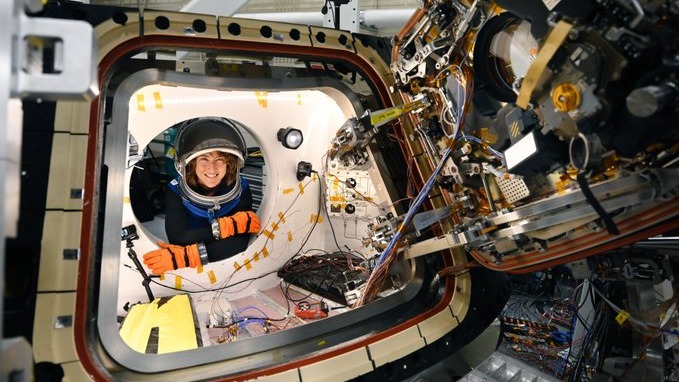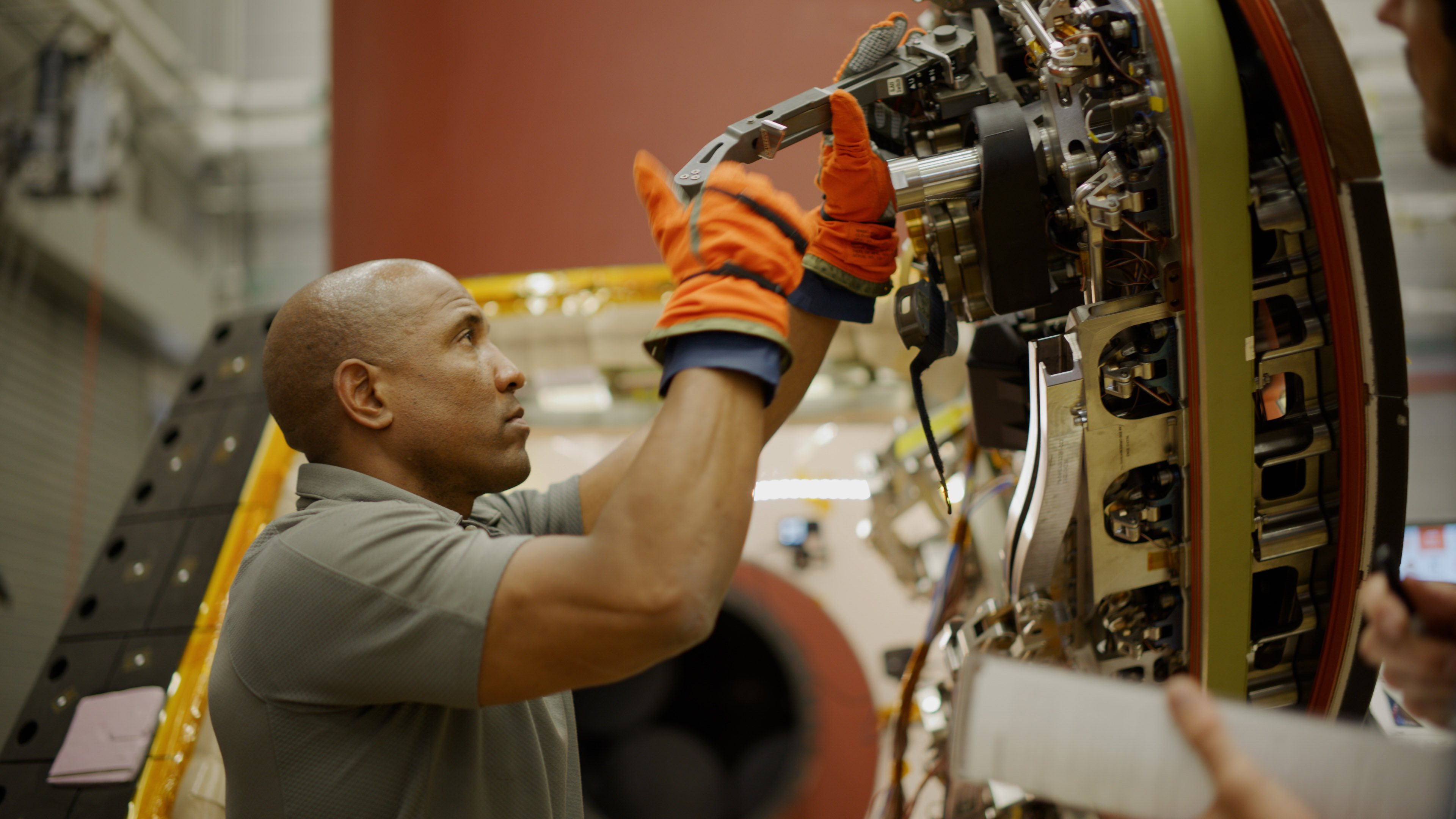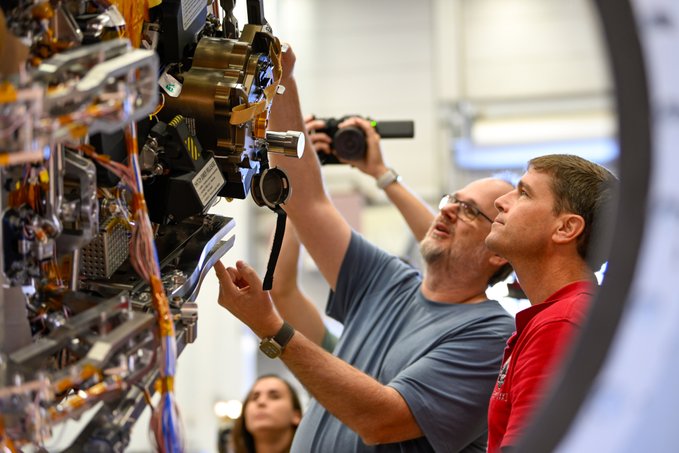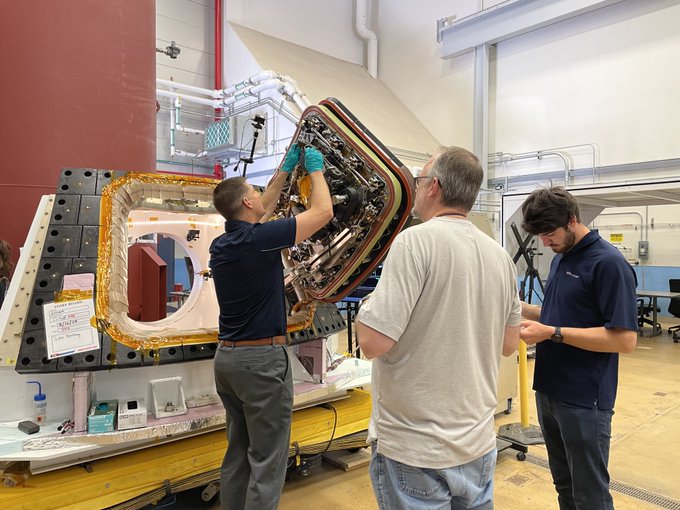
In case of emergency on Earth, open the spacecraft door.
The four Artemis 2 astronauts recently practiced a key contingency operation as they continue to prepare for their moon mission: opening the side hatch of their Orion spacecraft.
If all goes well during Artemis 2's planned September 2025 launch and round-the-moon mission, of course, the astronauts will keep all doors firmly shut. Conducting the first human lunar mission since Apollo 17 in 1972, however, requires a strict focus on safety — just in case.
The Artemis 2 astronauts are NASA commander Reid Wiseman, NASA pilot Victor Glover (who will become the first Black person to leave low Earth orbit, or LEO), NASA mission specialist Christina Koch (the first woman to do so) and Canadian Space Agency (CSA) mission specialist Jeremy Hansen (the first non-American).

NASA and the CSA announced the four astronauts in April 2023 for what was then supposed to be a December 2024 liftoff. The mission was delayed in January 2024 due to several critical engineering issues, particularly longstanding examinations of irregularities in the heat shield.

But the mission is a developmental one, the crew continues to emphasize, meaning that getting the hardware and crew safely ready must override any expectation of a firm schedule.
If all goes well with the launch, the astronauts will not touch the hatches, as the ground systems team at NASA’s Kennedy Space Center will secure the crew inside, NASA officials said in a statement on Wednesday (Oct. 23). During splashdown, recovery teams in the Pacific Ocean (including folks from both NASA and the U.S. Navy) will open the hatch.

The side hatch mockup — which crew members trained on with Orion spacecraft manufacturer Lockheed Martin Space in Littleton, Colorado — normally swings open using manual gearboxes. But in an emergency, the release mechanism has pyrotechnic (explosive) devices that "release the latch pins on the hatch instantaneously, allowing the hatch to open quickly," NASA stated.
Artemis 2 is the first crewed mission of NASA's Artemis program, which aims to establish a permanent human presence on and around the moon in the next decade or so. An uncrewed mission, Artemis 1, flew to lunar orbit and back in 2022. Humans will first land on the moon again with Artemis 3, which will fly in 2026 or so using SpaceX's Starship spacecraft to touch down.







